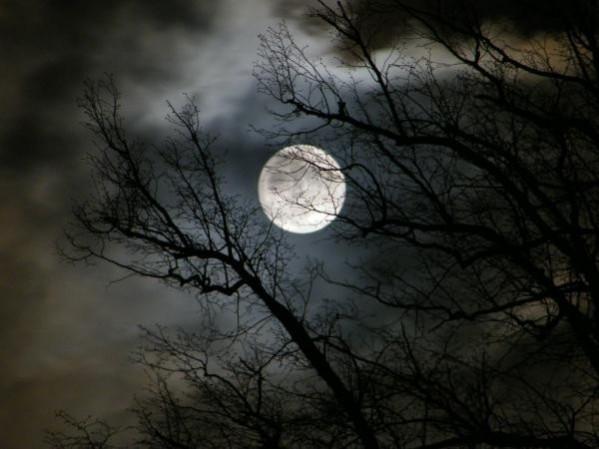
Skygazers have something to cheer, as the full moon in May, popularly known as the flower moon will grace the skies with its full beauty in the night of May 18. However, this year's flower moon will also be a 'Blue Moon', even though our natural satellite will not appear blue in the skies. So, why today's full moon is called Blue Moon? Let us check it out.
What is a Blue Moon?
Usually, the term 'Blue Moon' is given to a lunar cycle when two full moons happen in a month and it can also be the third of four full moons during a single season. This year, it is the third of four moons this spring, and this happens quite rarely.
"The name 'Blue Moon' has nothing to do with the colour of the Moon. Every two to three years we have 13 full Moons within a year. This way, we can have four full Moons during a given season or two full Moons in a given month," said Gianluca Masi, astrophysicist and director of the Virtual Telescope Project in Rome, CNN reports.
Brian Murphy, a professor of physics and astronomy at Butler University in Indiana revealed that Saturday's blue moon will appear as a normal full moon, and he added that there will not be anything odd about it. Murphy added that earth's natural satellite will appear in its greyish white colour, Washington Post reports.
Did Blue Moon has a historical connection?
NASA reveals that the Blue Moon has a little historical connection, and interestingly it is linked with a volcanic eruption. As per the United States space agency, the Krakatoa volcanic eruption that happened in Indonesia in 1883 sent plumes of ashes into the skies, and it turned the moon to blue colour for quite some time.
"The time was 1883, the year an Indonesian volcano named Krakatoa exploded. Scientists liken the blast to a 100-megaton nuclear bomb. Fully 600 km away, people heard the noise as loud as a cannon shot. Plumes of ash rose to the very top of Earth's atmosphere. And the moon turned blue. Krakatoa's ash is the reason," wrote NASA.
Is Blue Moon and the Supermoon the same?
Many people often misinterpret a Blue Moon as a Supermoon. However, Blue Moon and Supermoon are entirely different. A supermoon happens when the earth's natural satellite comes very close to the earth than its average distance. It should be noted that the average distance between the earth and the moon is 238,000 miles, but during a supermoon, this distance gets reduced to 221,000 miles.





!['Had denied Housefull franchise as they wanted me to wear a bikini': Tia Bajpai on turning down bold scripts [Exclusive]](https://data1.ibtimes.co.in/en/full/806605/had-denied-housefull-franchise-they-wanted-me-wear-bikini-tia-bajpai-turning-down-bold.png?w=220&h=138)



